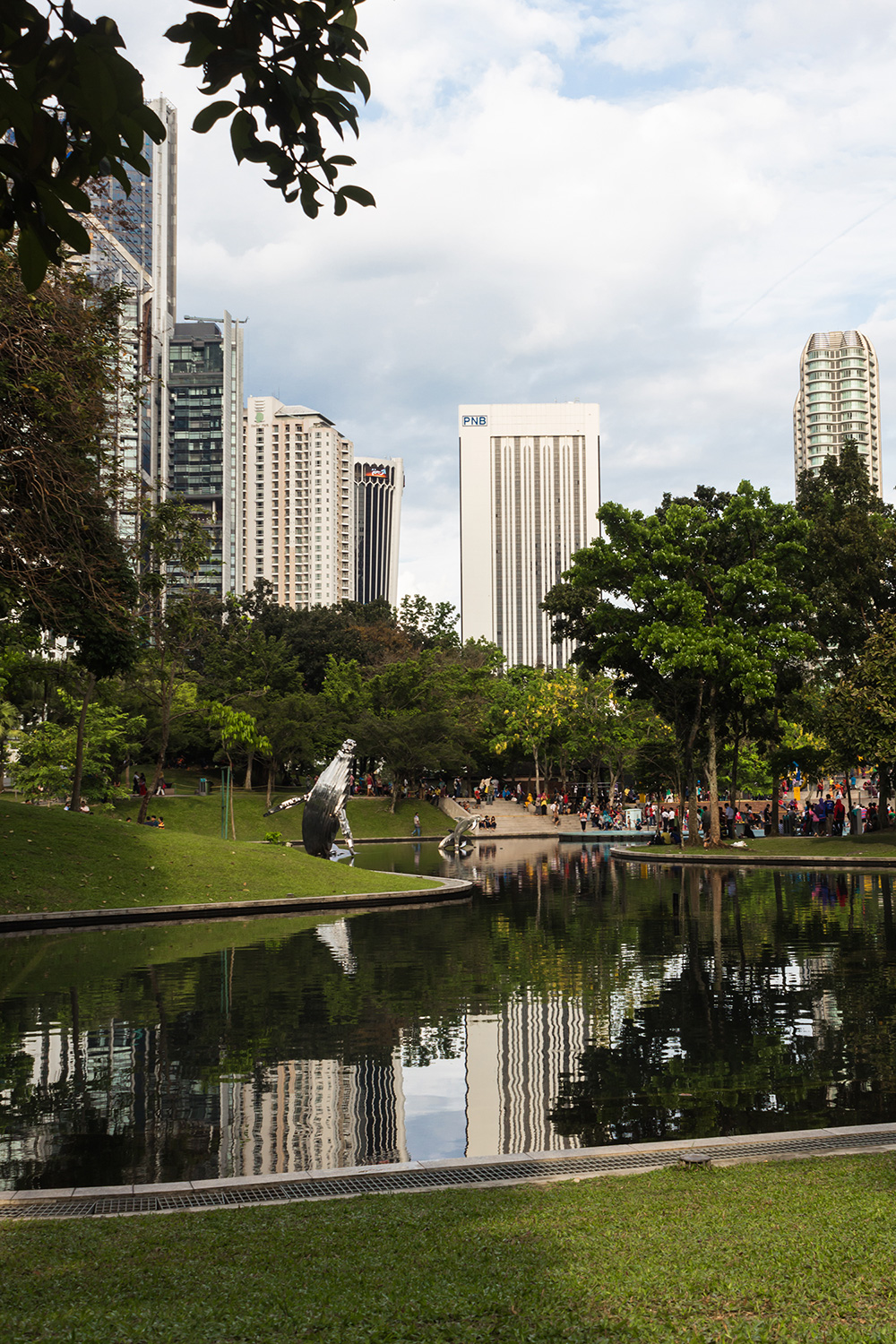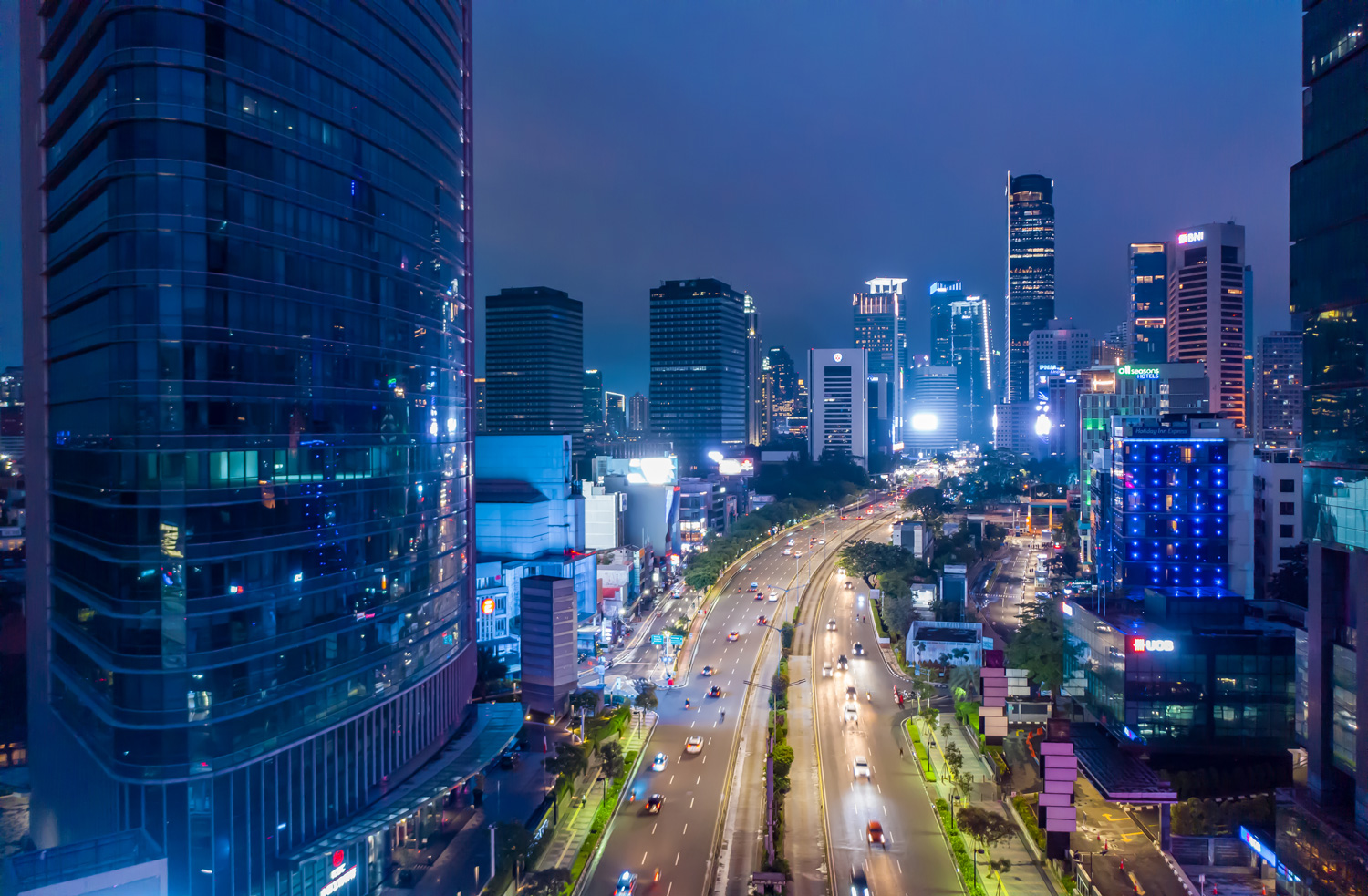Openvia, Globalvia's innovation and technology platform, is committed to disruptive solutions to transform the world of mobility with the aim of advancing the future to improve people's quality of life.
With multidisciplinary teams in the United States, Spain and Portugal, Openvia develops digital products and services that add value to four lines of business: Smart Roads, Smart Railways, New Mobility and Digital Mobility.
Globalvia is a world leader in the management of transport infrastructure concessions, created in 2007 and managed by three international pension funds, it manages 28 projects in six countries specialized in roads and railways. Globalvia has led the GRESB sustainability index for road transport for three consecutive years.
For more information visit openvia.io.
Advanced AI technology for
real-time detection, counting,
analysis and prediction
(images, data or sounds).
As a result of the North Point Solution research team, Infinity Neural creates pinpoint solutions that deliver social, business, and institutional improvements through an understanding of the environment. This allows customers to optimize their operational management and make more accurate strategic decisions. All Neural products integrate the Neural Engine AI engine, whose accuracy reaches an unprecedented level of up to 99.9%. Said effectiveness is endorsed by the only official certification issued in Europe (CEM) for an autonomous, automatic and real-time detection and counting system, as well as by the millions of analyzes carried out so far in multiple sectors.
In its relentless search for excellence, Infinity Neural has become a benchmark in the sector and has a continuously growing international projection.
For more information visit infinityneural.com.
Technological Solutions Integrator.
Transport Projects,
Urban Mobility
and ITS Equipment.
Elecnor Systems is a technological area of the Elecnor Group, specialized in digital projects and solutions, with an accumulated experience of more than 30 years. It helps and accompanies its clients to adequately advance their digitization and efficiency process, in all the key phases of any project. It develops and integrates solutions in industrial and infrastructure automation, in electronic security and in ICT infrastructures, with a total commitment to its clients and to the results of the projects developed. Elecnor is one of the leading Spanish business groups in the infrastructure, renewable energy, services and new technology sectors. With more than 60 years of continuous growth and present in more than 50 countries, it focuses its activity on different sectors that range from industrial plants, railways, telecommunications, control systems, construction, environment, installation maintenance or aerospace engineering. For more information visit revoluciondigital.elecnor.com.

Establishing low emission zones has become an essential strategy to regulate the flow of traffic in cities and reduce the level of pollutants and greenhouse gases. But to evaluate the effectiveness of an LEZ, it is necessary to know exactly the variations in the composition of the traffic, not only within the LEZ but also in its surroundings, and to analyze the real incidence of this change in the degree of pollution.
Openvia, Elecnor and Infinity Neural have joined forces to offer the ONEZBE solution, a management solution for Low Emission Zones (ZBE). It is one of the pioneering solutions that combines artificial intelligence with a native cloud mobility platform, designed to predict air quality and predictively suggest control measures for vehicle traffic.
The ZBE management solutions will be crucial as of January 1, 2023, when the 149 Spanish towns with more than fifty thousand inhabitants must establish specific low-emission zones in their municipal terms, as provided by Law 7/21, of May 20, on Climate Change. Only low-polluting vehicles may circulate in these areas, so the use of computerized systems through radars and license plate control will help optimize their management and proper use.
The three Spanish companies allied in the development of this new technological solution are Openvia, the technological and innovation platform of Globalvia, a leader in transport infrastructure and sustainability; Infinity Neural, specialized in the development of software based on artificial intelligence based on image analysis, and Elecnor Sistemas, developer and builder of infrastructure projects and services, integrating technological solutions.
The use of approved predictive and reliable technologies will be key when the large Spanish municipalities must apply sustainable urban mobility plans from next January 1, as established by the Climate Change Law. Each of these 149 plans must establish their respective low-emission zones, in which the minimum air quality values established by the European Union must be adjusted.
In addition to detecting, analyzing, testing and predicting traffic flows through Deep Learning systems, ONEZBE also provides additional functionalities such as the inclusion of external variables for data prediction, traffic supervision with the consequent improvement in road safety, simulation and traffic engineering, verification through modeling and simulations of the required environmental objectives and tailored advice to ensure the correct application of each LEZ, with an assessment of the functional scope and derived costs.
The solution provides exclusive functionalities in the development phase, which allow the design of a customized management and control system, and in the start-up phase, which may include the deployment of vehicle control, the activation of sanctioning regimes or the appropriate awareness and communication campaigns. Likewise, it is in charge of maintenance and operations, which includes verification of objectives through the analysis of key indicators and the necessary environmental modeling and updating.
As a mobility management platform, Openvia will provide a software-as-a-service (SaaS) system that interprets all the processes related to the management of low-emission zones: statistics and reports in real time, management of exemptions and sanctions, as well as the establishment of a channel of communication between the city council and the citizen, among others. The modularity of the platform will allow flexible management of the different areas of each municipality, as well as the environmental criteria to be applied in each of them. Openvia has proven solvency as an international infrastructure and mobility operator.
For its part, Elecnor Sistemas, as an integrator of technological systems and with more than thirty years of experience in video surveillance systems and artificial vision access control, integrates the different technological solutions, develops and applies the equipment for Intelligent Transport and Urban Mobility Systems (STIs).
Additionally, Infinity Neural – North Point Solution provides advanced technology for detection, counting, analysis and predictions in real time from the analysis of images, data or sounds. It also incorporates the Neural Engine artificial intelligence engine that has official approval from the Spanish Metrology Center (CEM).
One of the main objectives of the ONEZBE solution is to measure with maximum precision the scope of the measures that have been implemented to achieve sustainable urban mobility, as well as their impact on the reduction of environmental/noise pollution and on the improvement of the well-being of the citizen.

Manage the LEZ efficiently.
Improve road safety by monitoring traffic.
Verify the environmental objectives after the implementation of LEZ through modeling and simulation.
Apply simulation and traffic engineering prior to LEZ implementation.
In line with what is contemplated in the Declaration of Climate Emergency (priority line No. 17), the National Integrated Energy and Climate Plan 2021-2030 (section 3.2 - measure 2.1) and the National Program for Control of Atmospheric Pollution (measure T. 1.2), the Law on Climate Change and Energy Transition (Article 14.3.a), establishes that Spanish municipalities with more than 50,000 inhabitants, island territories and municipalities with more than 20,000 inhabitants when the limit values of regulated pollutants are exceeded in Royal Decree 102/2011, of January 28, regarding the improvement of air quality, they must adopt, before 2023, sustainable urban mobility plans that introduce mitigation measures, which allow reducing emissions derived from mobility, including , among others, the establishment of low emission zones.
There is currently no UNE standard that officially regulates the requirements that a LEZ technological solution must meet. However, a committee has been created between manufacturers to launch these specifications and normalize them in UNE 199142-3: Functional specification and protocols for the control in Low Emission Zones and UVAR. We put at your disposal the existing information in this regard for your consultation.
MITECO launches the guidelines for the creation
of Low Emission Zones (LEZ)
to improve air quality in cities.
Objectives of the ZBE, types of LEZ, analysis of social economic impact, control and sanction mechanisms, monitoring mechanisms of the objectives, etc.
More infoCopyright © 2022